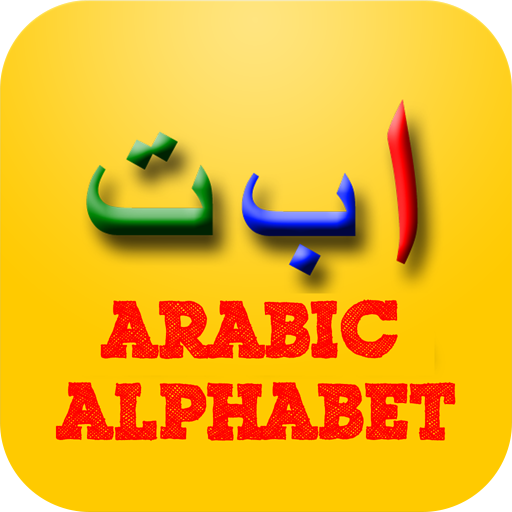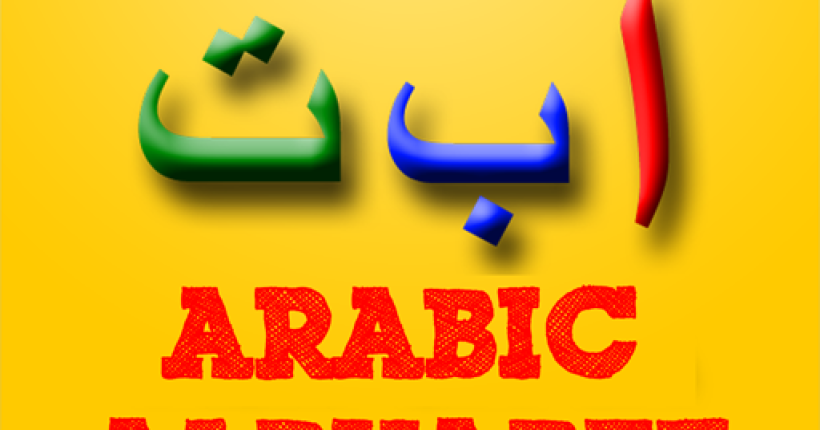Arabic pronunciation app for non-Arab learners is best for practice. As developing good Arabic pronunciation is one of the hardest challenges non-Arabs face in learning Arabic, especially when faced with strange sounds like ع, غ, and ق or distinguishing between short and long vowels.
In this guide w will discover some of the best apps you can use and how to make the most of each one of them:
Best Arabic Pronunciation Apps for Non-Arabs (with Reviews)
Below are applications that best support non-Arab speakers with improving Arabic pronunciation with each serving a different role, and ranging from all levels (beginner – intermediate – advanced). Usually, the most successful method is combining the apps towards your own goals.
| App | What it is best for | Downsides |
| AlifBee | Teaches MSA with a structured curriculum: includes phonetics, speech exercises, automated pronunciation checks. Good for building a foundation. | It’s more formal / structured; less dialect variation; may require subscription for full access. |
| Mondly | Clear audio from native speakers, short conversational phrases, speech-recognition features to check your pronunciation. | Not super deep in phonetics; bite-sized lessons might skip over some subtle pronunciation features. |
| Pimsleur | Very strong for spoken fluency: focuses on listening and speaking early. Good for hearing and repeating correctly. | Less emphasis early on reading script, vowel markers, etc.; not always feedback beyond “repeat after me.” |
| ArabicPod101 | Lots of native speaker recordings; lessons in both MSA and some dialects. Also good for hearing naturalized speech. | Because it’s audio/video heavy, the feedback may be less immediate or detailed in phonetic correction. Requires self-directed work. |
| Busuu | Community features (voice recording, chat with native speakers) allow you to practice speaking and get feedback. | The pronunciation correction isn’t always super precise — depends on the native speaker you interact with or how good their feedback is. |
| Memrise | Good for hearing native speaker clips of vocabulary, spaced repetition helps embed correct sound patterns. | Sometimes the pronunciation in clips is casual / dialectal; may not focus enough on “why this sound is hard” (articulation / tongue position etc.). |
| Drops | Very engaging mini-games with audio, helps with rhythm, intonation, exposure. | Very limited depth; not much correction or feedback on subtle mispronunciations. |
| Write It! Arabic | Good for script and shapes of letters; helps with linking sound to the Arabic script, which is important for pronunciation especially of unfamiliar letters/tashkeel (vowel marks). It can reinforce what the letters should sound like. | Less focused on continuous speech or speaking in phrases. More on isolated letters/words. |
| “Arabic Speech – Pronouncing Arabic Words For You” | Lets you enter words and hear them read; you can adjust speed etc. Helpful to drill individual words. | Doesn’t necessarily give corrective feedback or engage you in speaking; more passive. |
| QVoice (research-app) | Has mispronunciation detection, feedback at character level, visual aids, contextual examples. Promising for fine-grained pronunciation correction. | Probably still in academic / limited deployment; may not have polish or broad availability yet. Might focus on MSA. |
What Makes a Great “Arabic Pronunciation App for Non-Arab Learners”
While each Arabic pronunciation app for non-Arab learners above has its own strengths, there are common qualities you’ll want to look for and use to decide what to focus on:
Clear audio from native speakers, ideally in both male & female voices.
Phonetic instruction and visual/mouth articulation when possible.
Ability to record and compare your own speech.
Feedback (human or good voice recognition) that points out how your pronunciation differs, not just whether it’s right or wrong.
Structured progression, so you build from letters/sounds → words and phrases → sentences and conversation.
Exposure to connected speech / natural conversations (not just isolated words).
How to Use These Apps to Improve Pronunciation Most Effectively
Using the right apps helps, but how you use them makes a big difference. Here are strategies:
Start with phonetics / script
Master the Arabic alphabet, including all “difficult” consonants (e.g. ﺕ/ﺘ vs ﺙ, ع / غ, ق / ك, etc.).
Pay attention to tashkeel (vowel markings) early, even if many modern texts omit them. They are vital for pronunciation.
Listen actively
Use lessons with clear native speaker audio. Listen repeatedly.
Shadow: try to repeat immediately after the speaker, imitating tone, rhythm, intonation.
Use speech-recognition / feedback tools
Apps like Mondly, AlifBee, Busuu let you record and check. Use them often.
If possible, record yourself and compare with native recordings.
Focus on problem sounds (phonemes)
Identify which Arabic sounds you find hardest → work drills on those. For many learners: ع (‘ayn), غ (ghayn), ق (qāf), ط / ظ, ح vs خ, etc.
Use tools that allow isolated word or phoneme practice.
Slow down
When starting: slow, clear speech helps you perceive and reproduce distinctions.
Use apps or settings to reduce speed, then gradually raise it.
Repeat in context
One of the best ways to make the most out of the Arabic pronunciation app for non-Arab learners is to repeat the words in context. Once individual sounds are manageable, move to words → phrases → full sentences.
Practice linking sounds, fluency, natural transitions (liaison, assimilation).
Get human feedback if possible
Use language partners / tutors to get instant feedback.
A tutor can see your mistakes and give corrective guidance.
Consistent, daily practice
Short but regular sessions tend to be more effective than occasional long ones.
Even just 5-10 minutes per day with listening + speaking drills.
Use multiple resources in parallel
For example: one app for structured phonetics (AlifBee), another for speaking/listening (Pimsleur), plus conversation practice.
Helps you get variety of input and feedback.
7-Day Intensive Plan
Here’s a condensed week plan that leverages these Arabic pronunciation app for maximum pronunciation improvement. You can adapt it based on your needs.
| Day | Morning (10-15 min) | Midday / Afternoon (10-15 min) | Evening (10-15 min) |
| Day 1 | Duolingo: begin with basics/alphabet + pronunciation tasks. | Rosetta Stone: listen + speech recognition drills. | Memrise: watch native-speaker video clips; shadow them. |
| Day 2 | Memrise: mimic audio, focus on vowels & tricky consonants. | ArabicPod101: listen and repeat dialogue, record yourself. | HelloTalk: send a voice message, ask for corrections. |
| Day 3 | Rocket Languages: pronunciation module + record & compare. | Duolingo: review mistaken sounds, redo speaking tasks. | ArabicPod101: vocabulary + phrases; listen & imitate. |
| Day 4 | Rosetta Stone: immersion module with audio + speech recognition. | HelloTalk: conversation / voice chat with partner. | Review recordings; pick 3 problematic words and work on them. |
| Day 5 | Memrise: more mimicry, maybe choose dialect clips if available. | Rocket Languages: speaking exercises + feedback. | Duolingo or Rosetta Stone: mixed review of everything so far. |
| Day 6 | ArabicPod101: more advanced lesson; focus on intonation, rhythm. | HelloTalk: real-speed speaking; try to use full sentences. | Listen to Arabic media (song, podcast) and mimic small sections. |
| Day 7 | Reflection: replay your first recordings vs new ones, note improvement. | Reinforcement: use whichever app you felt helped most for that sound. | Plan next week’s focus: maybe one or two particularly hard sounds. |
Want to start speaking Arabic correctly from Day One?
Don’t wait to get stuck mispronouncing because you skipped the basics. Start now, build solid foundations, and fast-track your journey to correct, clear, confident Arabic pronunciation. Join Tareequl Jannah and begin your amazing journey.


